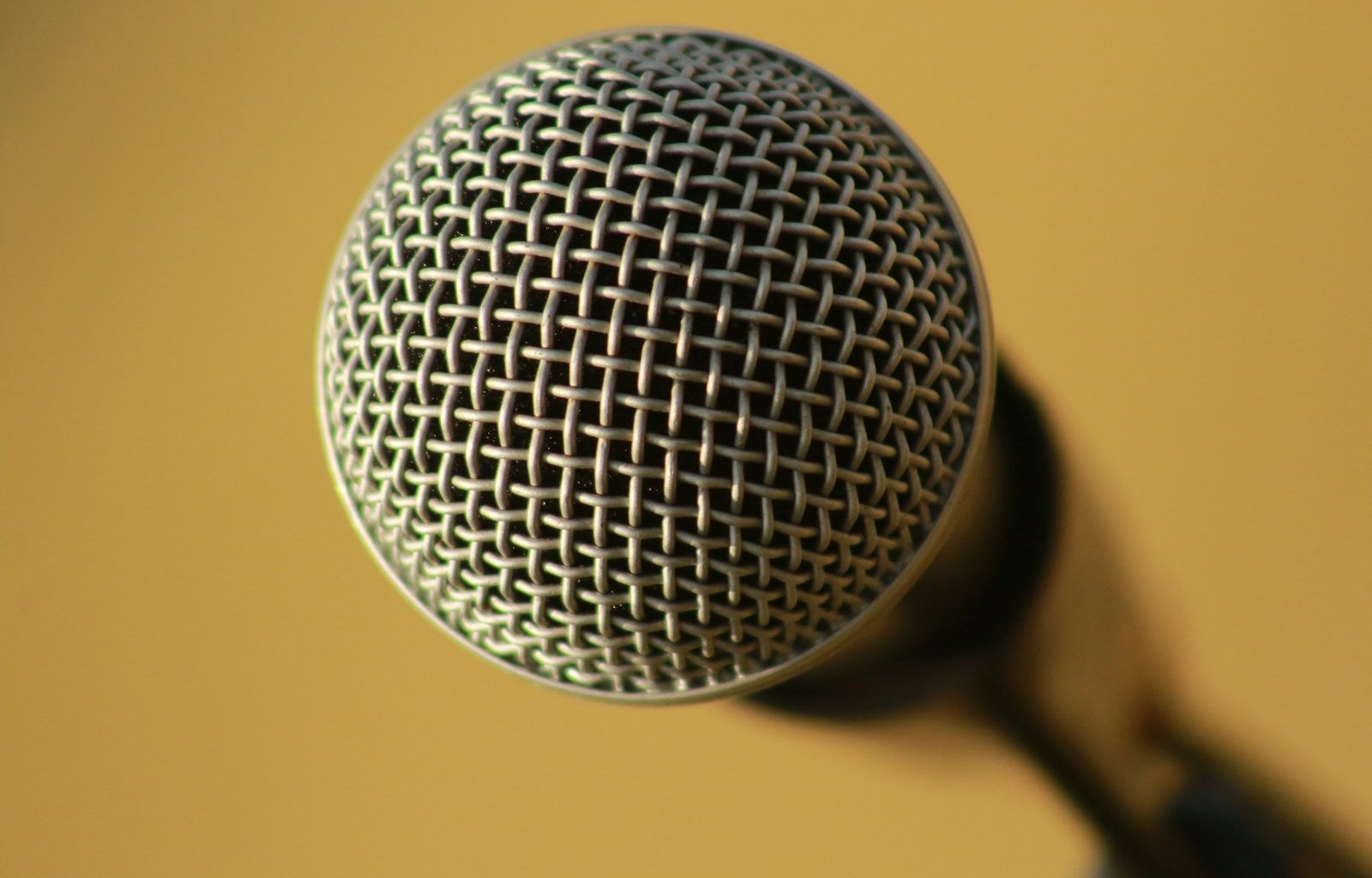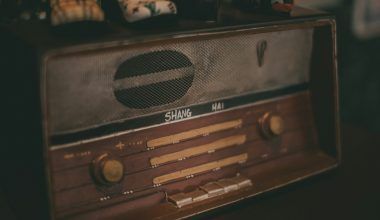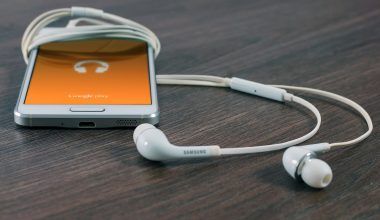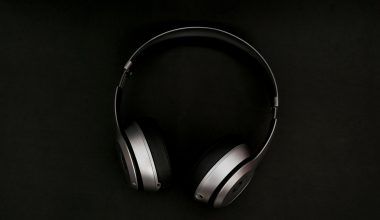Recording vocals might seem challenging at first, but with the right guidance, it can be straightforward and fun! Whether you’re a budding musician, a podcaster, or just someone experimenting with audio, knowing how to record vocals on a mic is an essential skill.
In this blog, we’ll break everything down into simple steps. From choosing the right microphone to setting up your space and getting the perfect sound, we’ve got you covered. You don’t need to be a tech expert—just follow along, and you’ll be recording high-quality vocals in no time!
Let’s dive right in.
Why It’s Important to Record Vocals Properly
Before we get into the technical details, let’s understand why it’s so important to record vocals properly. Whether you’re creating music, a podcast, or voiceovers, vocals are the centerpiece of your project. A clean and clear vocal recording will:
- Make your music sound professional.
- Help you communicate your message effectively.
- Ensure your audience stays engaged.
If you don’t record your vocals the right way, even the best mixing and editing won’t save the audio. That’s why you need to start with a solid recording.
Ready to learn? Let’s go step by step.
Choosing the Right Microphone for Recording Vocals
The first step to recording great vocals is choosing the right microphone. Different microphones suit different needs, so let’s break them down:
1. Dynamic Microphones
Dynamic microphones are durable and affordable. They are great for live performances but can also be used for vocal recording if you’re on a budget.
Best for: Podcasters, beginners, or recording in untreated spaces.
2. Condenser Microphones
Condenser microphones are more sensitive and pick up a wider range of details. They are the top choice for recording vocals in studios.
Best for: Singers, musicians, and professional-quality recordings.
3. USB Microphones
USB microphones are super easy to set up and connect directly to your computer. They are great for beginners who don’t want to invest in a full audio interface.
Best for: Beginners, YouTubers, and quick voiceovers.
How to Decide
- For Music: Go with a condenser mic for high-quality vocals.
- For Podcasts: A dynamic or USB mic is perfect.
- On a Budget? A USB mic works great.
Setting Up Your Recording Space
Once you’ve picked your mic, the next step is setting up your recording space. A good recording environment makes a massive difference in your vocal quality.
1. Choose a Quiet Room
Background noise is your enemy. Choose a quiet room, away from street sounds, fans, or noisy appliances.
Tip: Turn off air conditioners, TVs, or any other noisy electronics before recording.
2. Reduce Echo and Reverb
Even a quiet room can have echoes. To reduce them:
- Hang blankets or curtains around the room.
- Use rugs or carpets to absorb sound.
- Place foam panels on the walls for better soundproofing.
3. Find the Best Mic Placement
Your microphone placement affects the quality of your vocals. Here’s what to do:
- Place the mic about 6-12 inches from your mouth.
- Use a pop filter to reduce “p” and “b” sounds.
- Position the mic slightly off-axis to avoid harsh breaths.
Tip: Experiment with different distances until you find the sweet spot.
Setting Up Your Microphone and Equipment
Now that you have your space ready, let’s get your mic and equipment set up. Don’t worry—it’s easier than you think!
1. Audio Interface (Optional for USB Mics)
If you’re using an XLR microphone, you’ll need an audio interface. The interface connects your mic to your computer and ensures high-quality audio.
- How to Connect: Plug your mic into the interface using an XLR cable.
2. Using a Pop Filter
A pop filter is a small screen that blocks harsh breath sounds. Place it about 2 inches in front of the mic.
3. Setting Levels
When you record vocals, make sure the input levels are balanced. Follow these steps:
- Speak or sing into the mic and watch the levels on your software or interface.
- Keep the levels in the green zone and avoid going into the red (distortion).
Recording Techniques for Better Vocals
You’re all set up—now it’s time to record! Here are some techniques to ensure you capture your vocals at their best:
1. Warm Up Your Voice
Before you start, warm up your vocal cords. Simple exercises like humming or singing scales will help you sound smoother.
2. Maintain a Consistent Distance
Stay at the same distance from the microphone throughout the recording. Moving too close or too far will affect the audio levels.
3. Control Your Breathing
Practice controlled breathing to avoid gasps and uneven airflow.
Tip: Listen to your recordings and identify where you can improve your breathing control.
Editing and Improving Your Vocal Recordings
Once you’ve recorded your vocals, you can make them sound even better with a little editing. Here’s how:
1. Noise Reduction
Use software like Audacity or GarageBand to remove background noise.
2. Adjusting Levels
Balance the volume of your vocals so they are neither too loud nor too quiet.
3. Adding Effects
- EQ (Equalizer): Adjusts frequencies to make your voice clearer.
- Compression: Reduces the difference between loud and soft parts.
- Reverb: Adds a subtle echo to make your voice sound professional.
Final Thoughts
Learning how to record vocals on a mic is a skill that improves with practice. Start with the basics—choose the right mic, set up a quiet space, and practice good recording techniques. As you gain confidence, experiment with editing tools and techniques to refine your recordings.
Remember, every great artist or podcaster started where you are now. So don’t be afraid to make mistakes and learn as you go. Before you know it, you’ll be creating clear, professional-quality vocals.
For further reading, explore these related articles:
- Spotify Song ID: Everything You Need to Know
- Free Fast Music Distribution: Get Your Music Out There Quickly
For additional resources on music marketing and distribution, visit DMT Records Private Limited.






